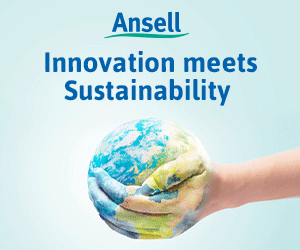The field of human tissue regeneration is expanding rapidly and applications for the technology get broader daily. Some companies already have well-established manufacturing processes and so issues relating to commercial use mostly revolve around upscaling from the lab, regulatory compliance, and overall profitability in terms of capital and operational costs.
The challenges presented by tissue regeneration – such as the need for high levels of sterility and for the elimination of all cross-contamination1 – are pushing companies toward the adoption of isolation technology in place of traditional cleanrooms, largely because the advantages of isolator technology have already been demonstrated for aseptic processing in the pharmaceutical industry.
The brief for Comecer, a specialist in isolation technology for pharmaceutical, chemical and food industry applications, was from a multinational company operating in the biotech industry that was looking to invest in a new laboratory dedicated to commercial tissue engineering. The company decided to investigate the adoption of isolation technology to guarantee complete continuity of a Grade A environment and to assure an improved quality of the final product, together with full compliance with GMP and FDA regulations. The challenge was to develop custom laboratory equipment as well as specific solutions to ensure asepsis while maintaining ease of use and operability.




